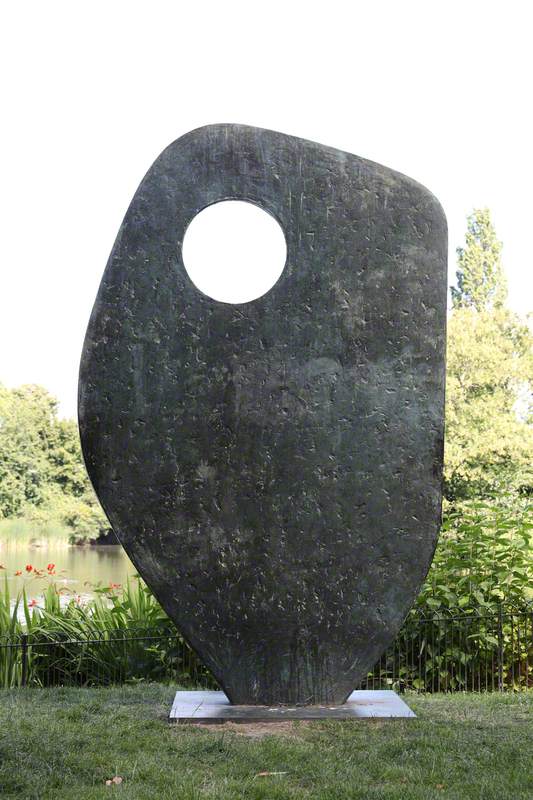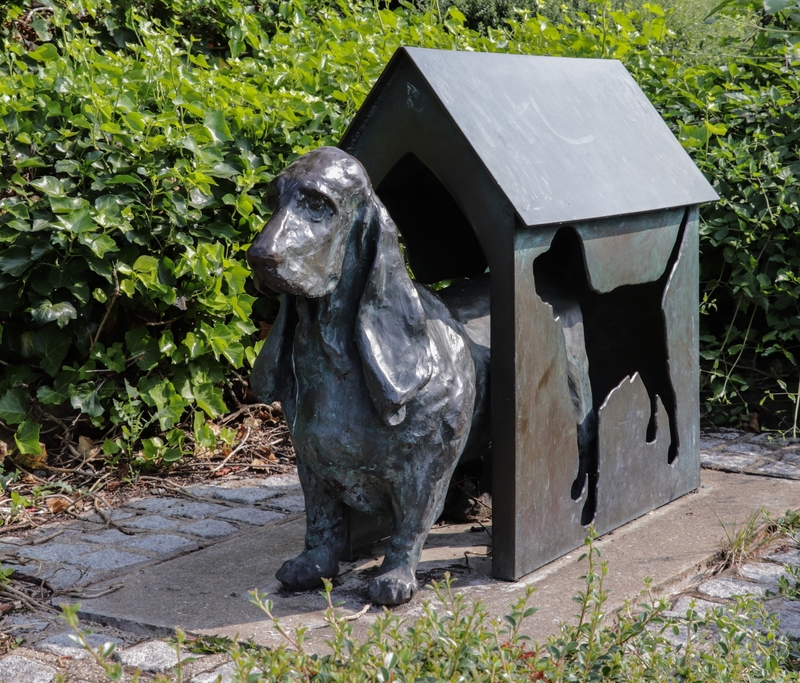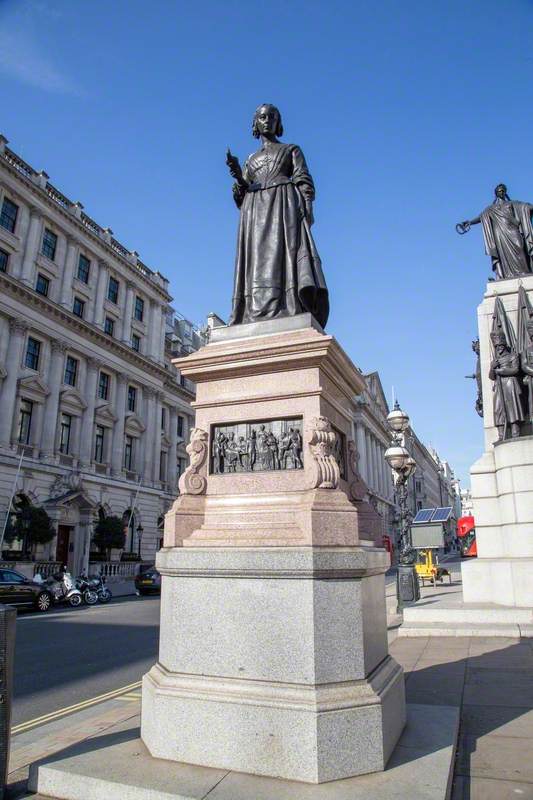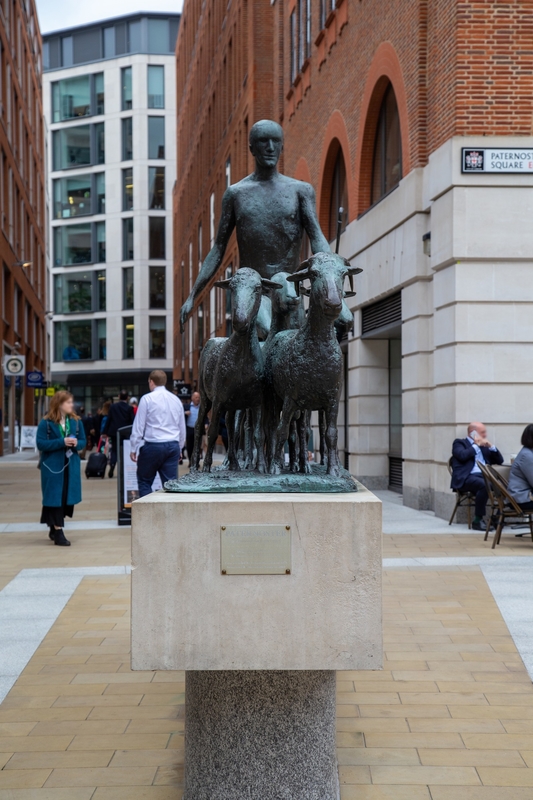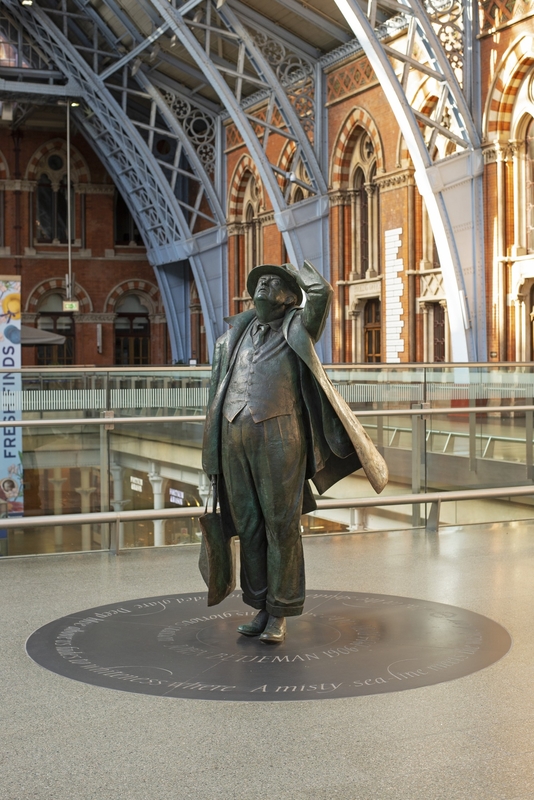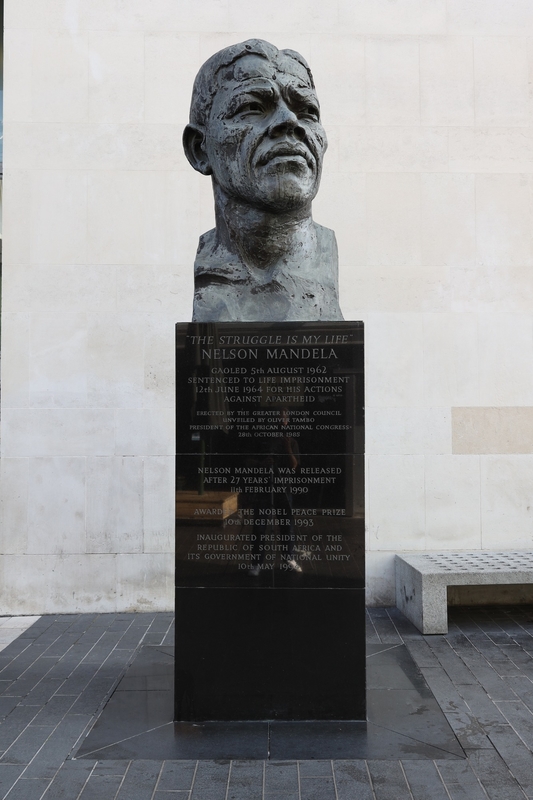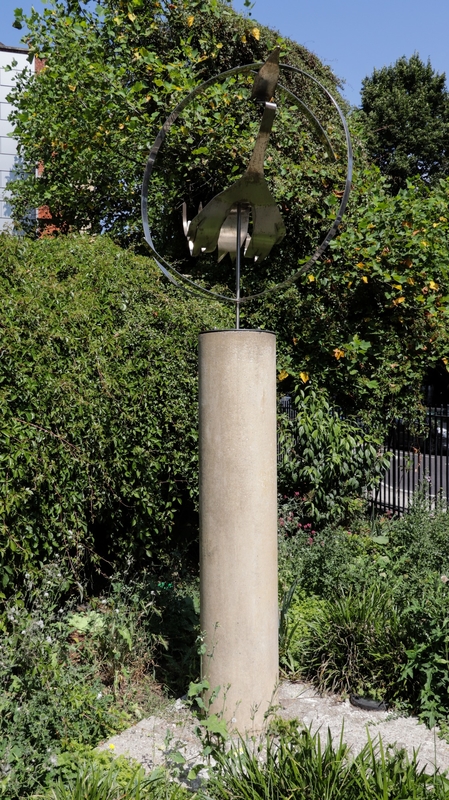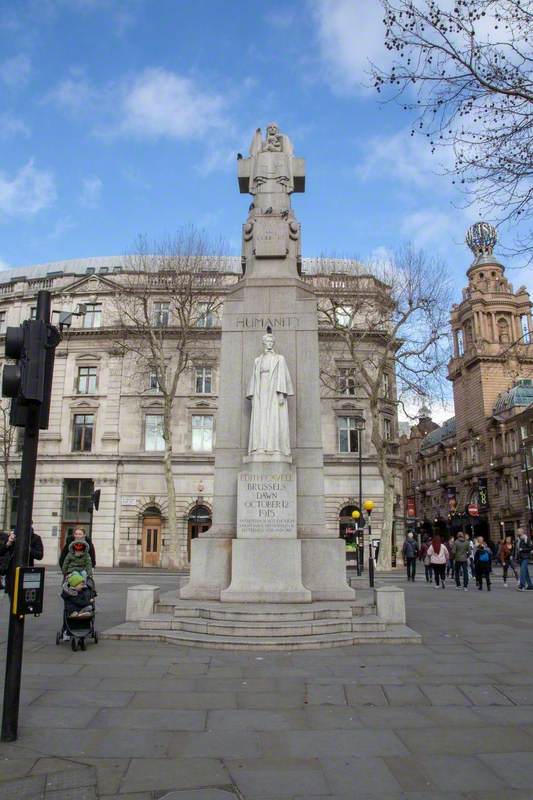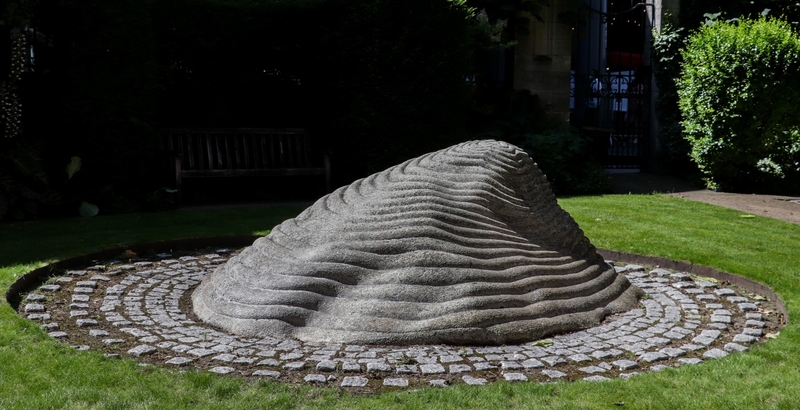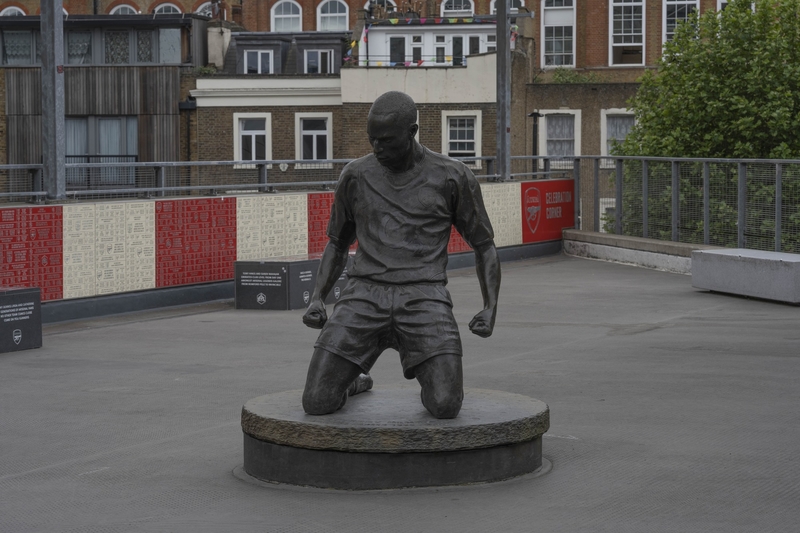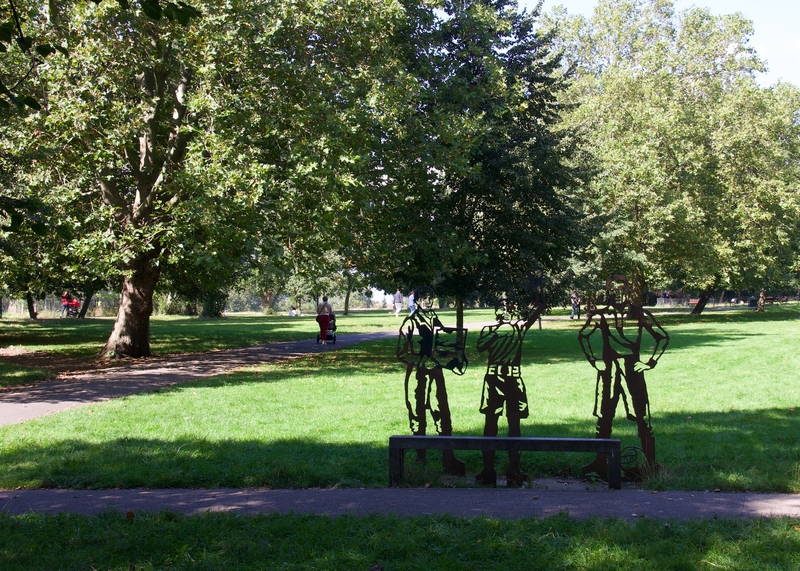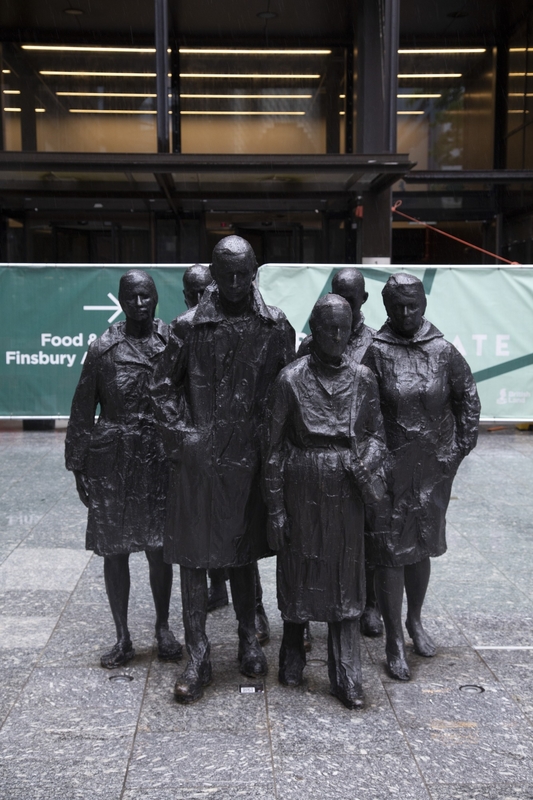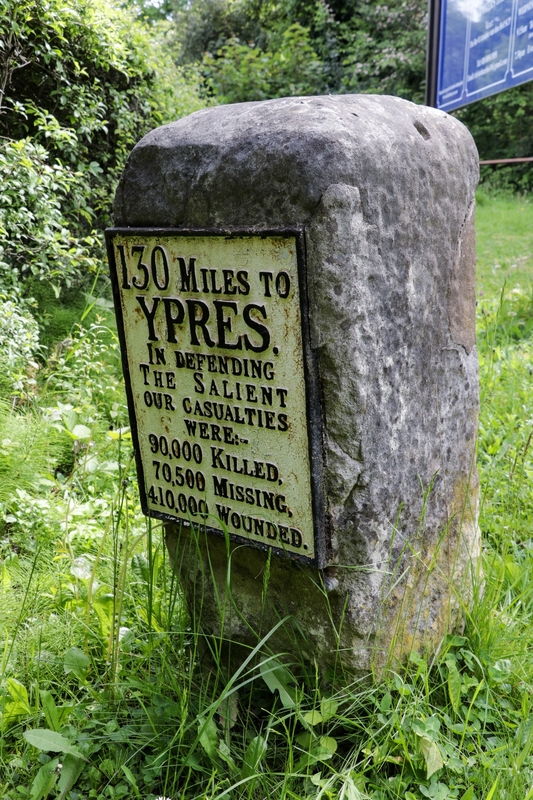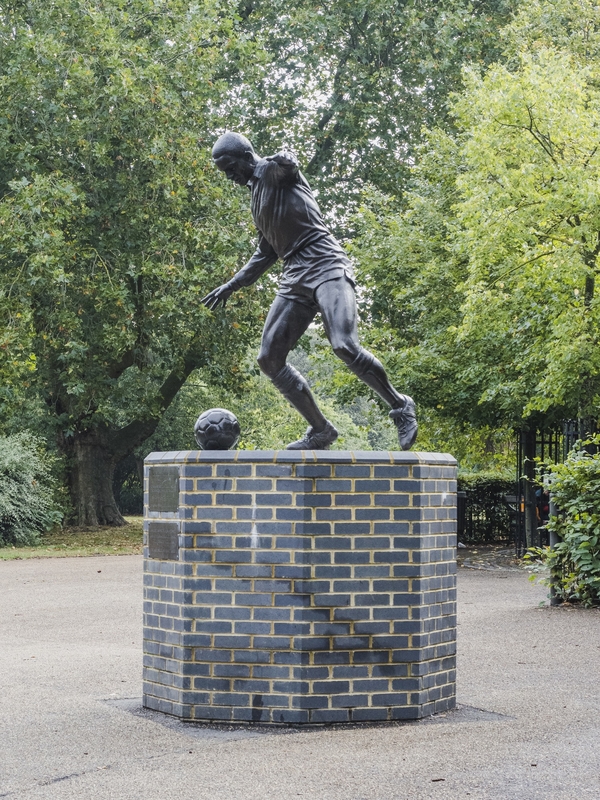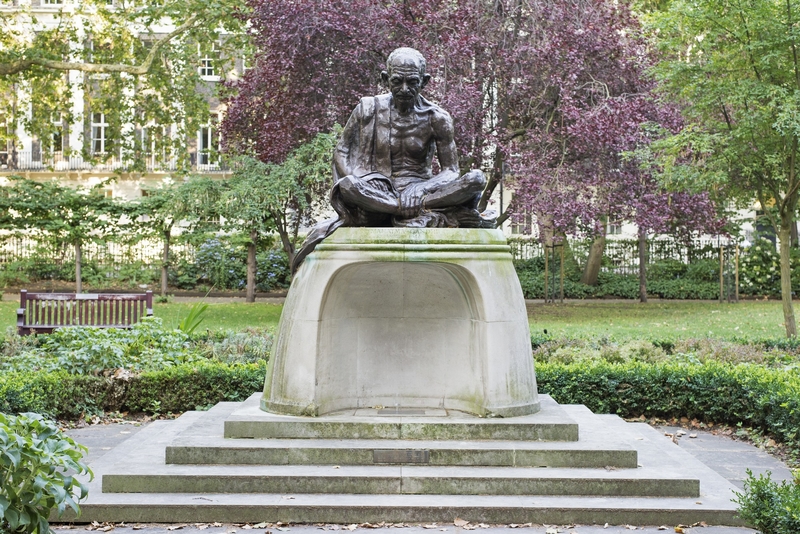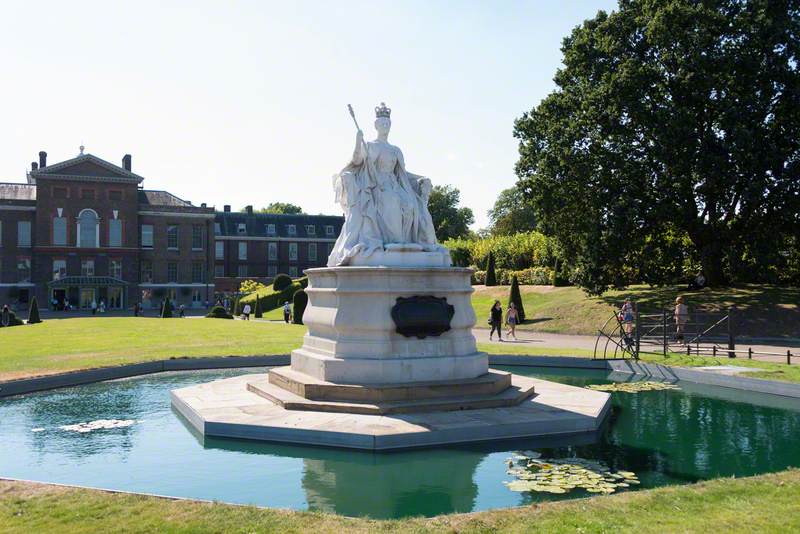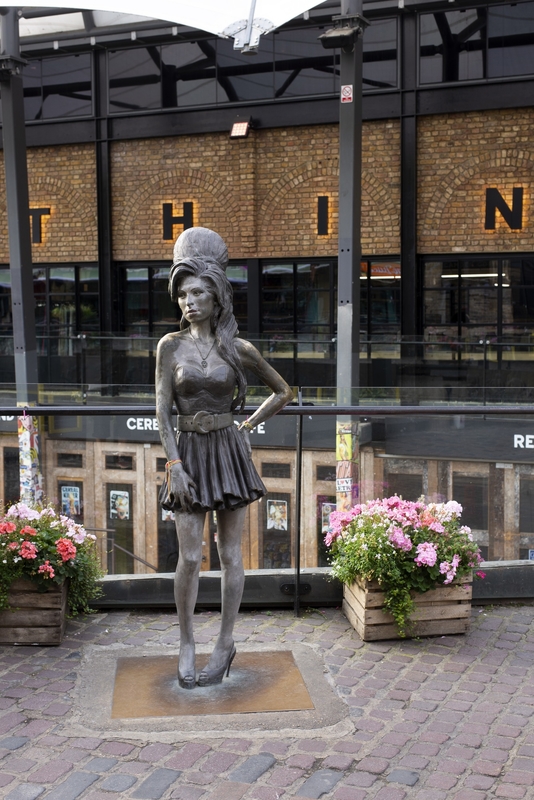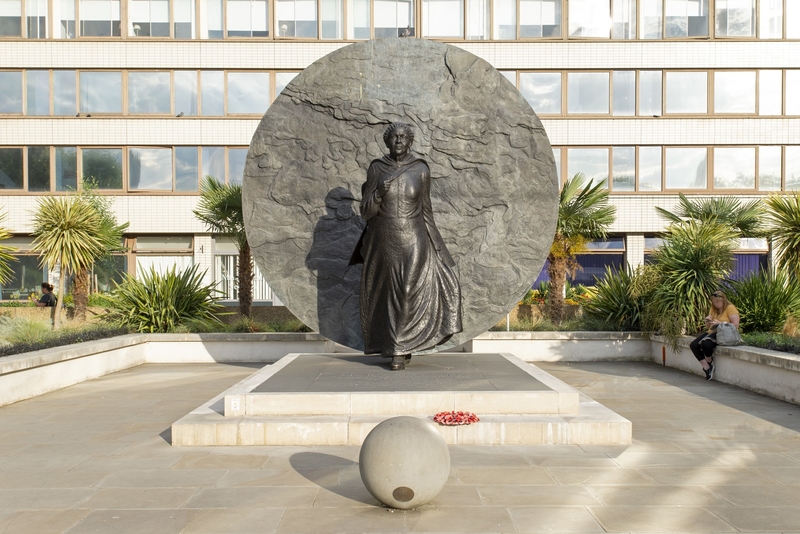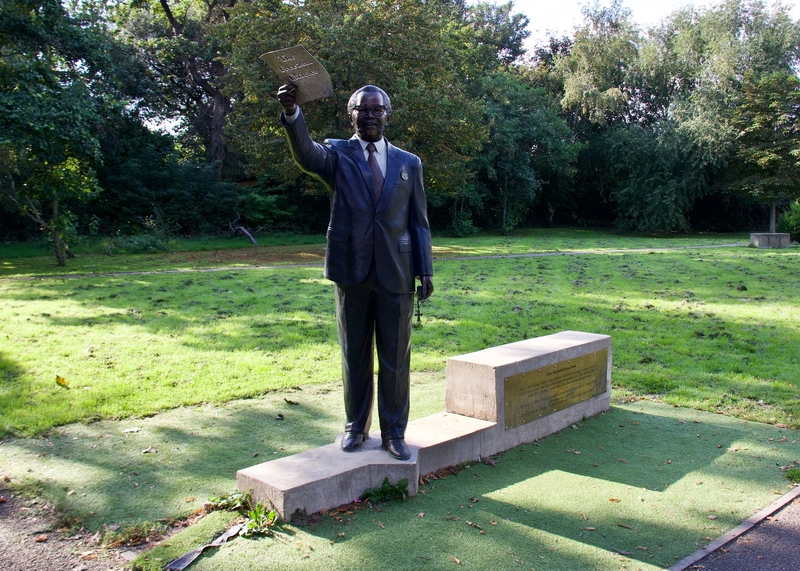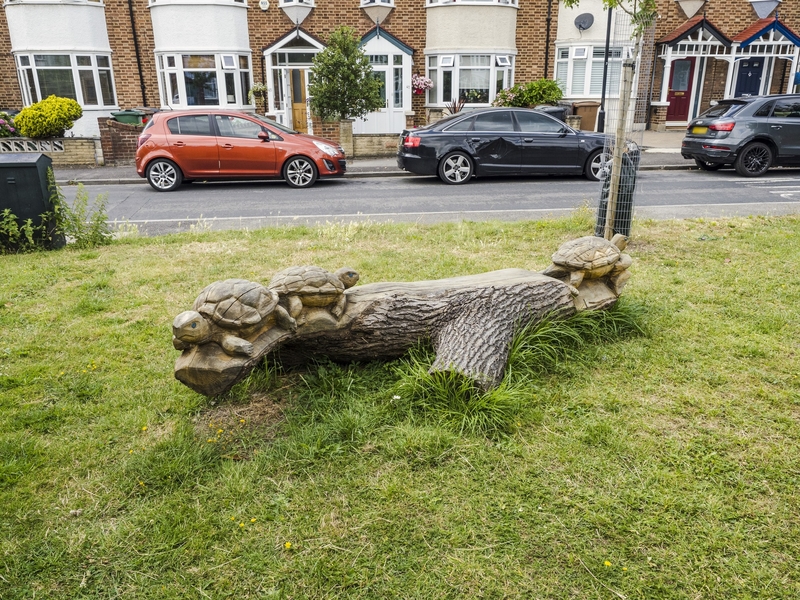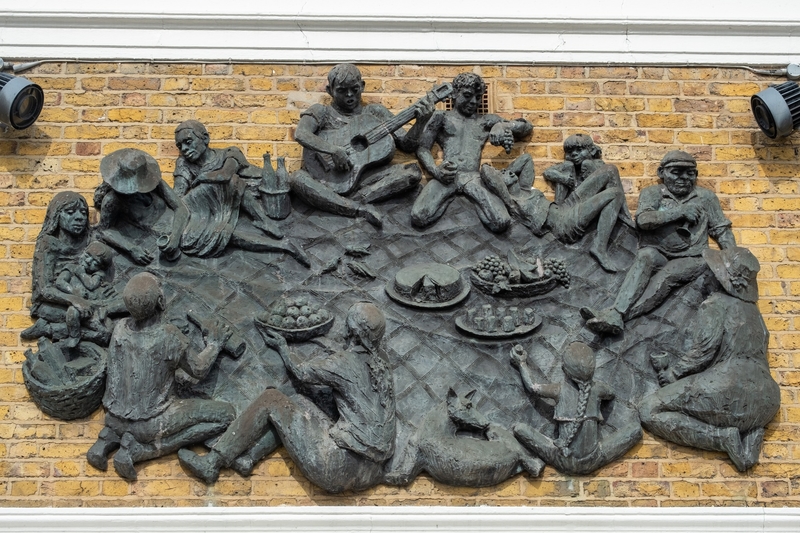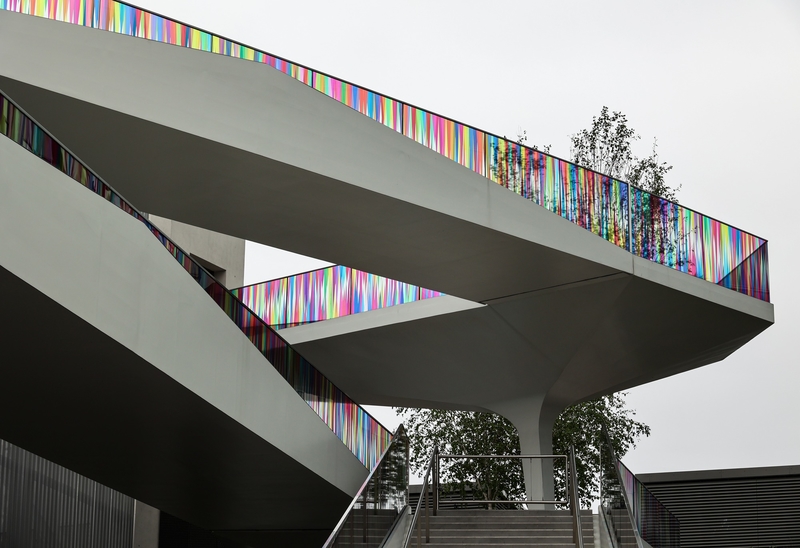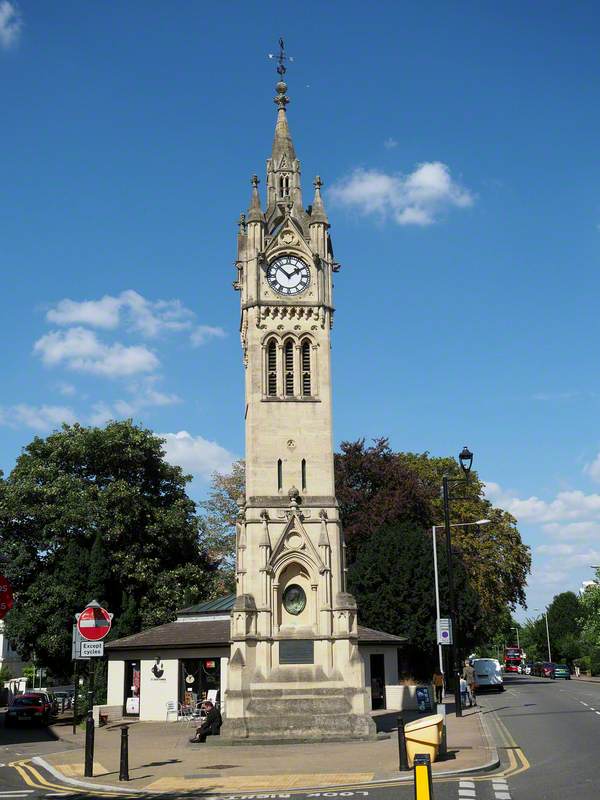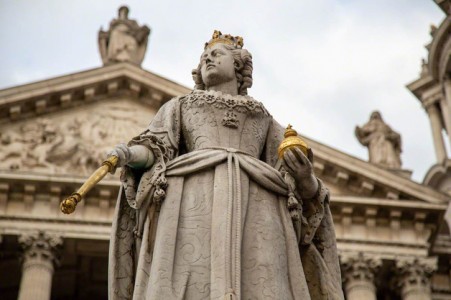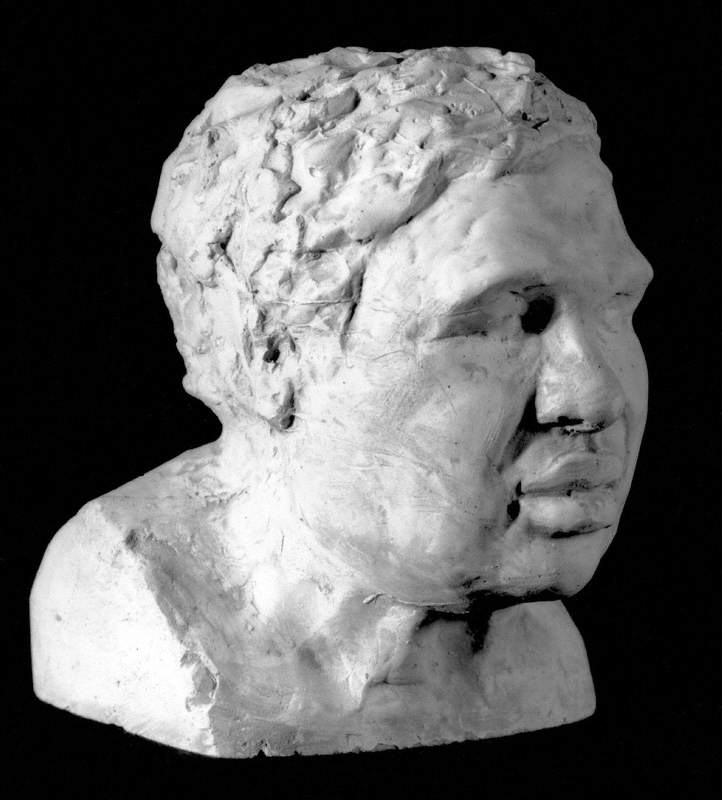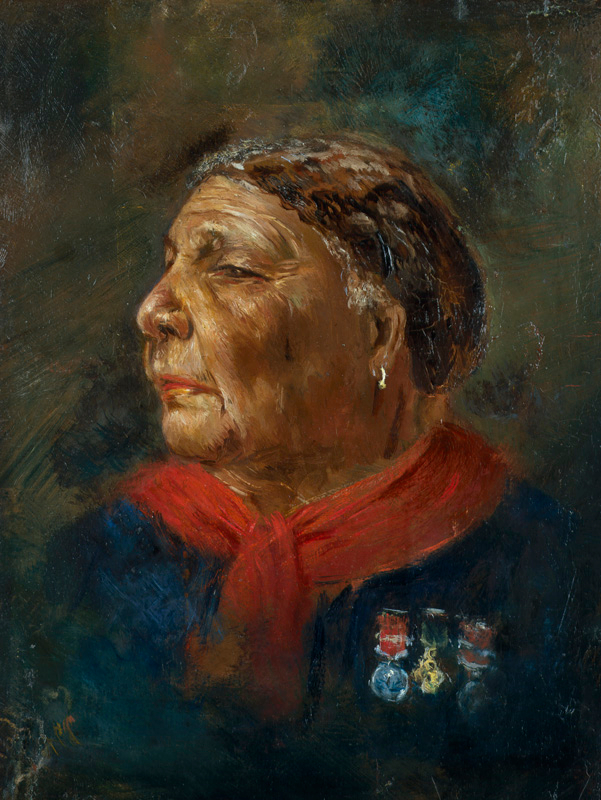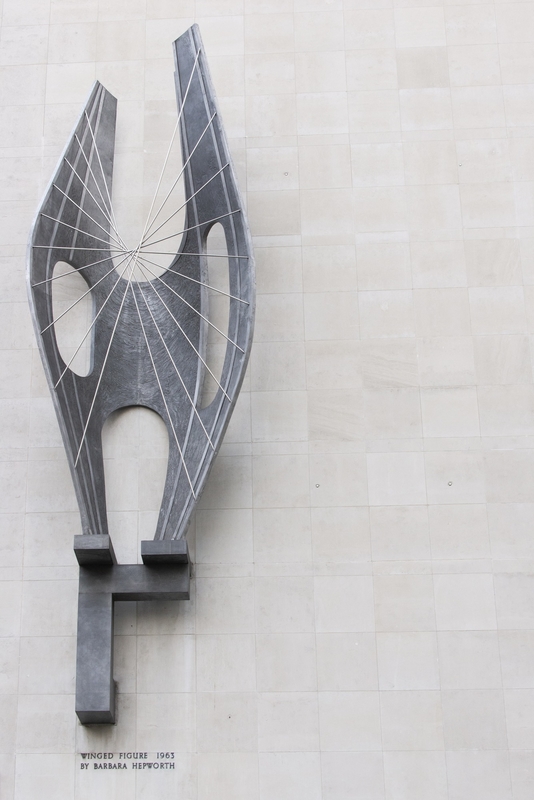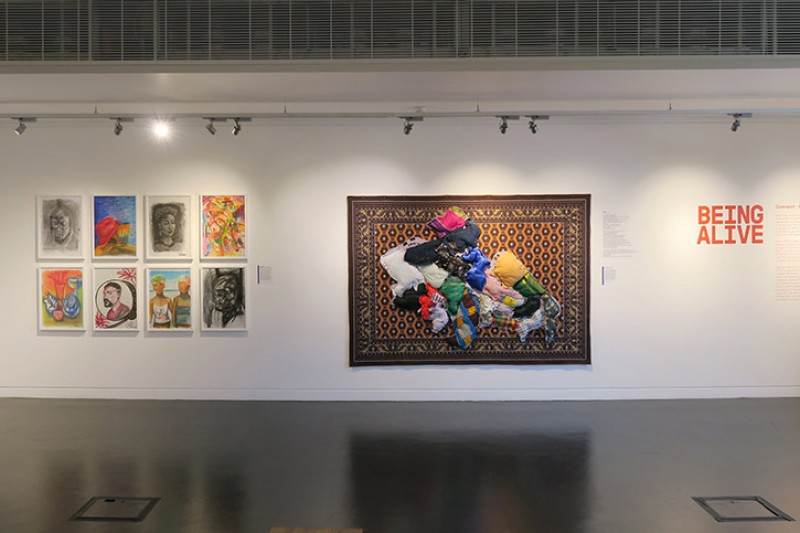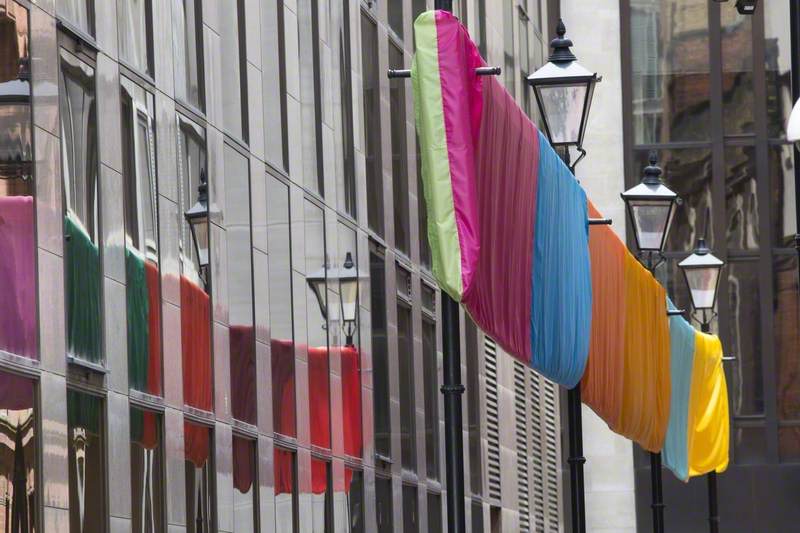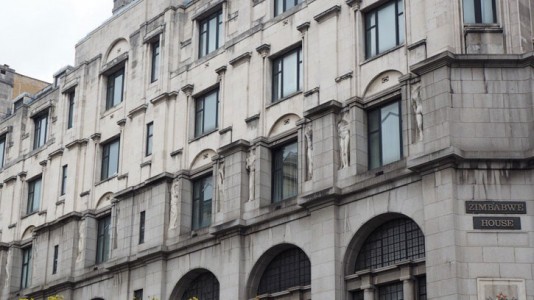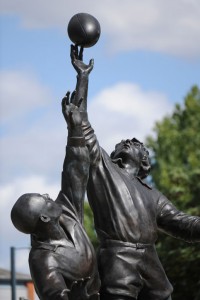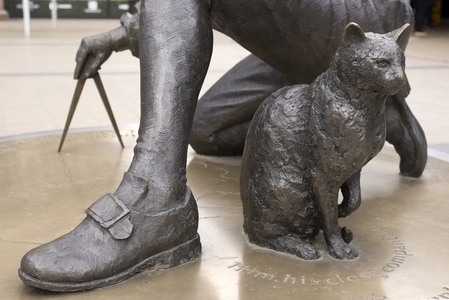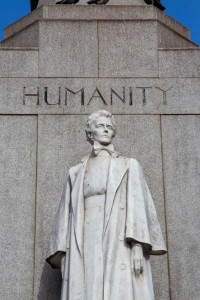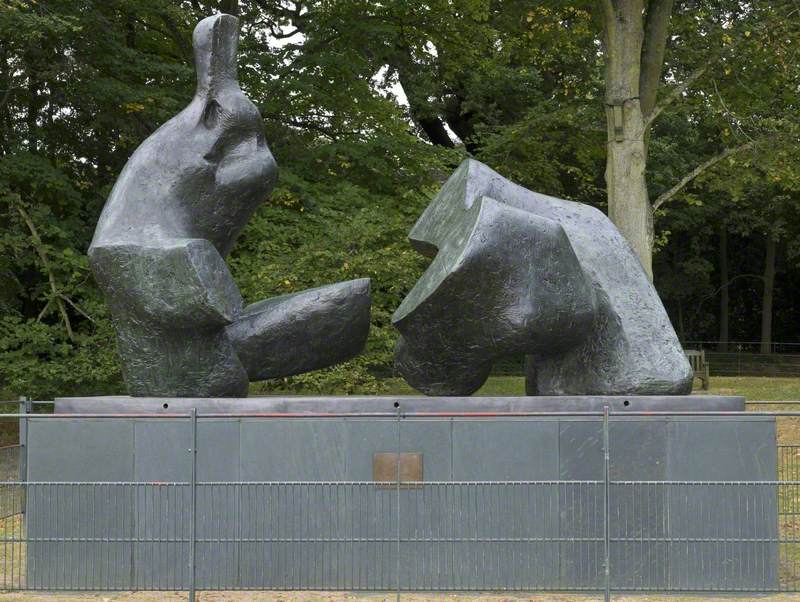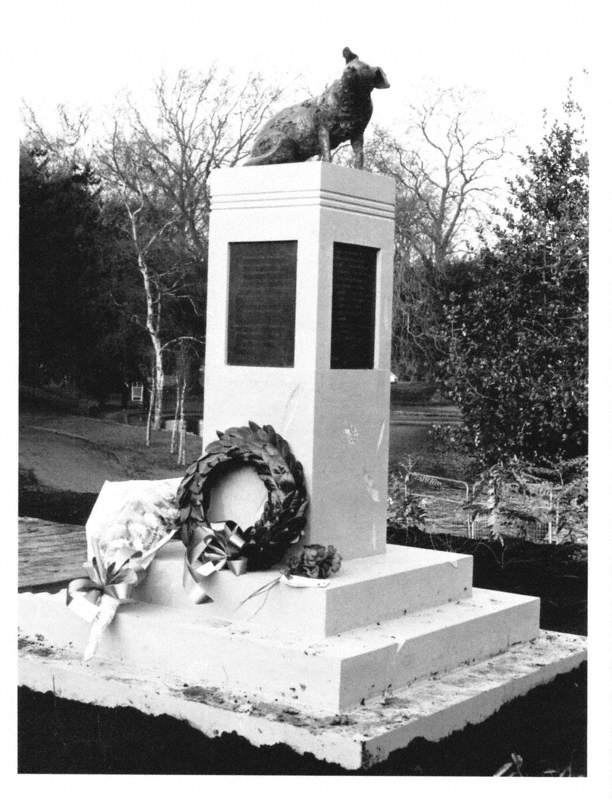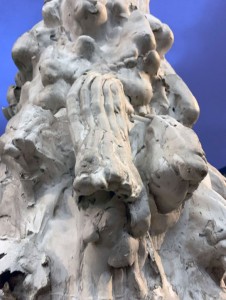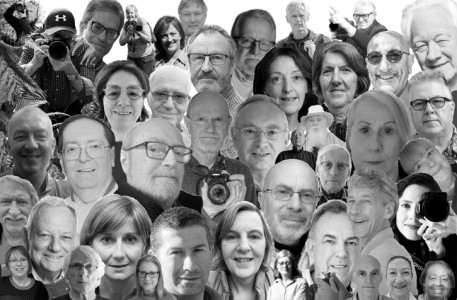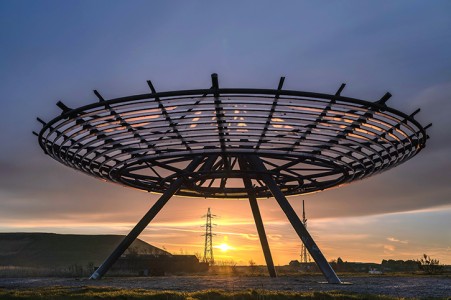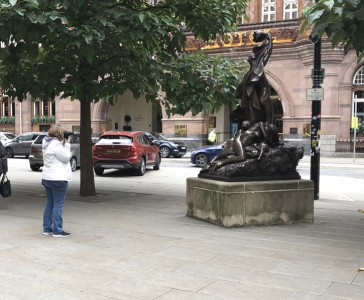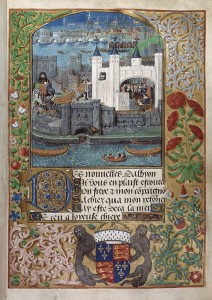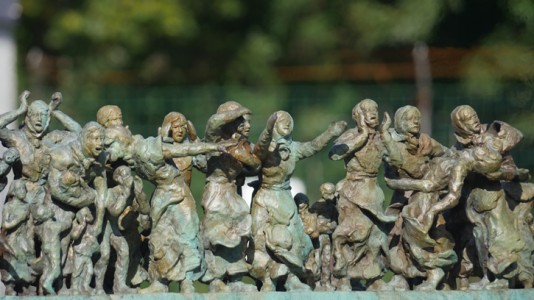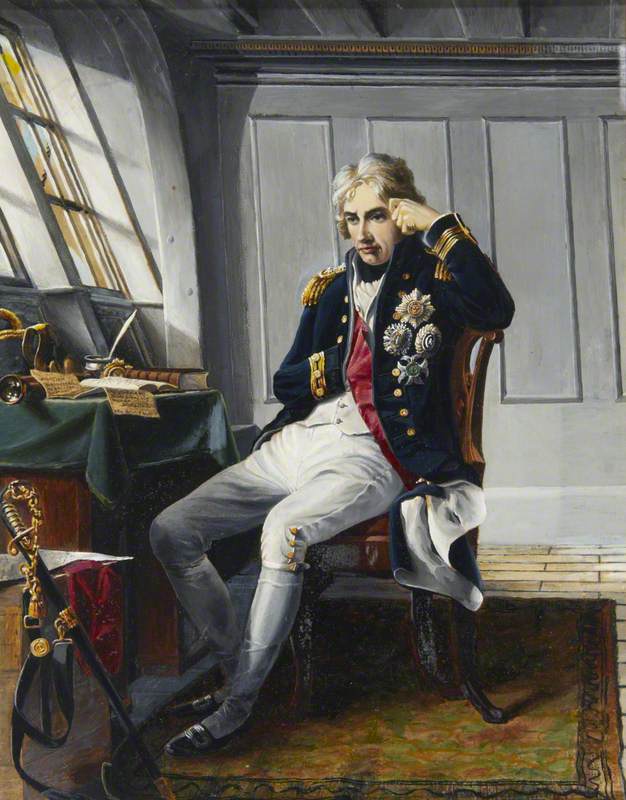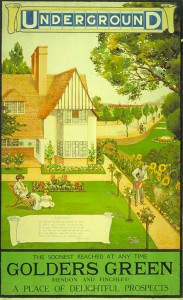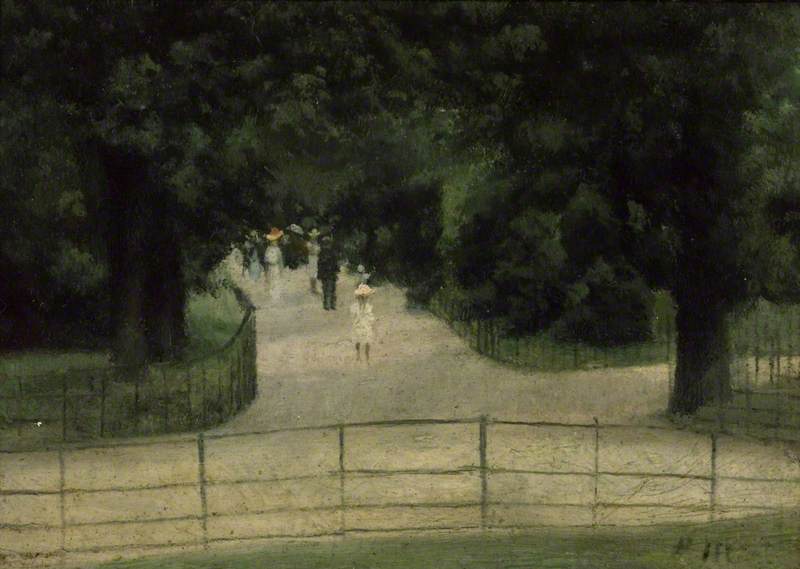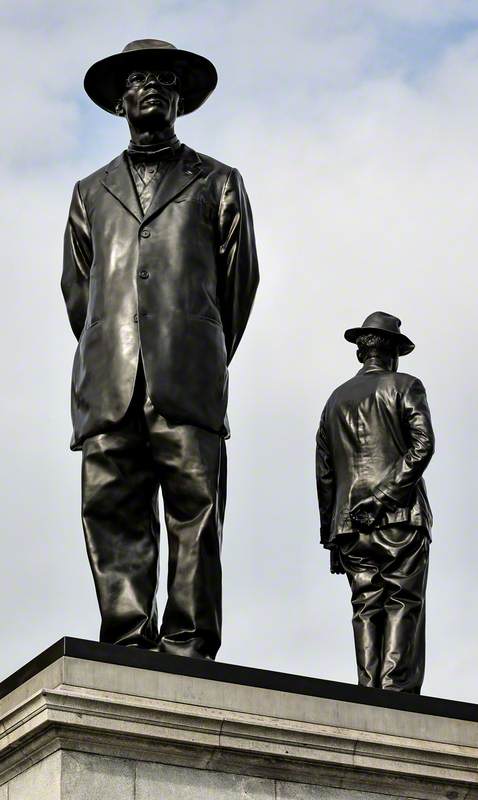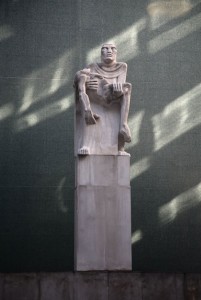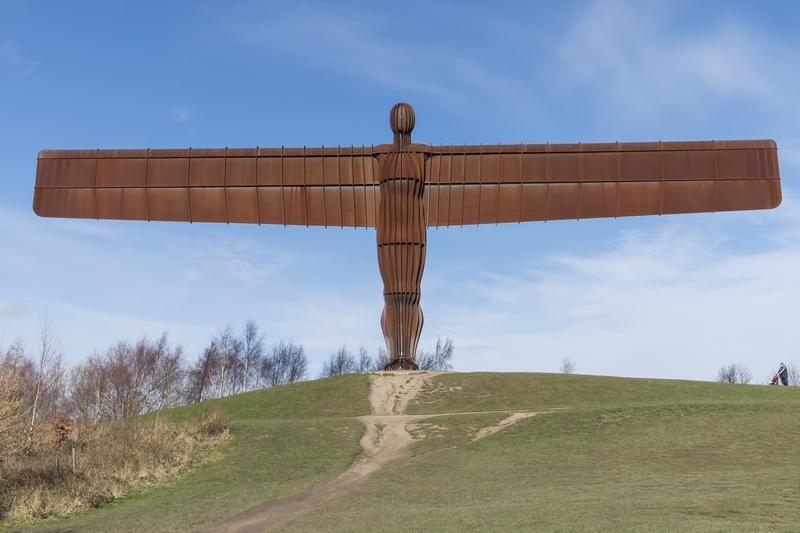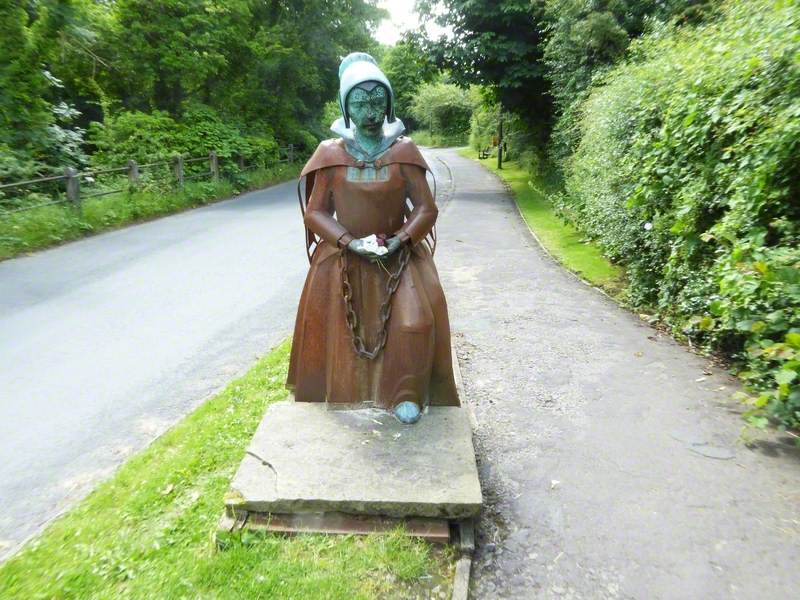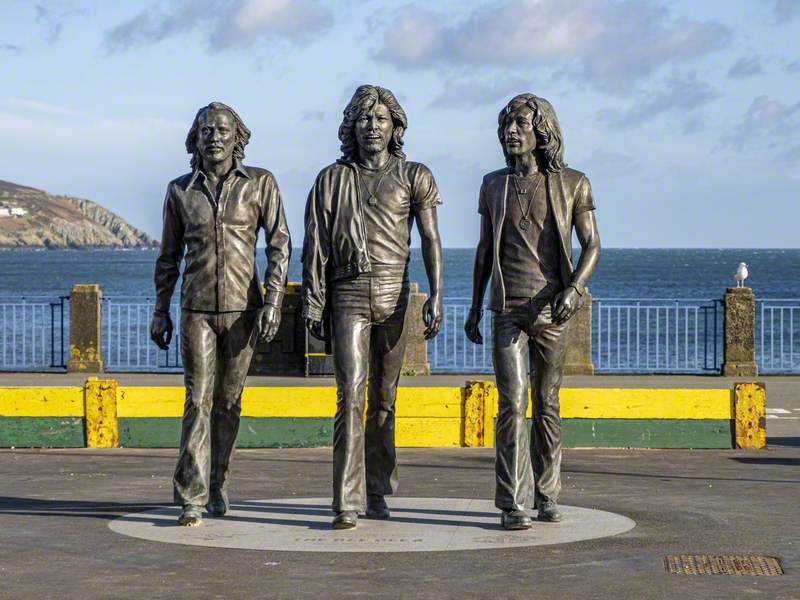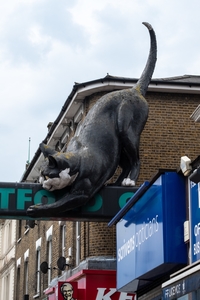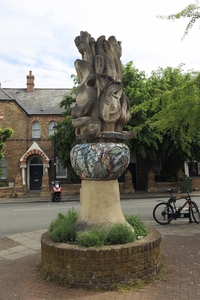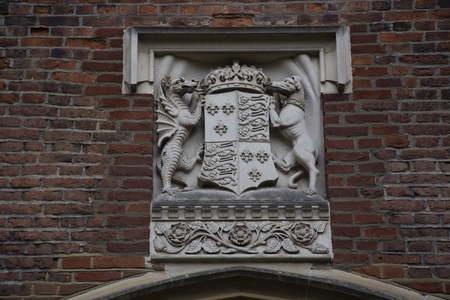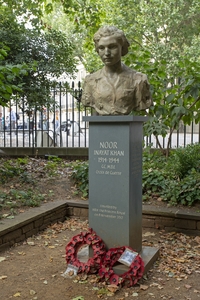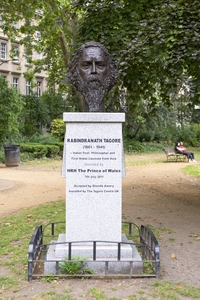Art UK started recording public sculptures in London (and across the UK) in 2017, as part of our major sculpture project. As of October 2021 over 1,100 of the public sculptures and monuments in London can be viewed on Art UK. Our staff and volunteers are in the process of completing the recording of public sculpture in the city, with around three hundred more to be added to Art UK by the end of 2021.
George Gilbert Scott (1811–1878) and John Henry Foley (1818–1874) and Thomas Brock (1847–1922) and Henry Hugh Armstead (1828–1905) and John Bell (1811–1895) and John Lawlor (1820–1901) and Patrick MacDowell (1799–1870) and William Calder Marshall (1813–1894) and John Birnie Philip (1824–1875) and James Frank Redfern (1837–1876) and William Theed II (1804–1891) and Thomas Thornycroft (1815–1885) and Henry Weekes I (1807–1877) and Farmer and Brindley (active 1851–1929) and John Kelk (1816–1886) and Francis Webb Sheilds (1820–1906) and Francis Alfred Skidmore (1817–1896) and John Richard Clayton (1827–1913) and Antonio Salviati (1816–1890) and H. Prince & Co. and Elkington & Co. and R. Masefield & Co. 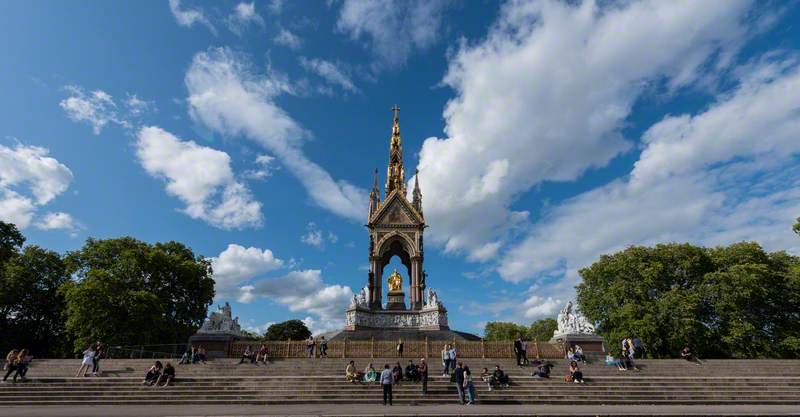
The remit for the public sculptures included in the project covered landscape or urban features that are sculptural and/or commemorative, or both. The sculptures could be made anywhere in the world from AD 1000 onwards. Types of sculpture included in the project covered architectural features, statues and figures, reliefs, commemorative clock towers, fountains and road markers, and war memorials.
Many of the public sculptures we have recorded are well known to people across the world, such as the Albert Memorial, while others as best known by the people who live in London's 33 Boroughs and pass them every day.
Some artworks make passers-by smile, such as the Catford Centre cat, whereas many commemorate unhappier periods in our history that should not be forgotten, such as this memorial to the Battle of Ypres in the First World War.
For each public sculpture we record, Art UK's staff and volunteers carry out extensive research, primarily online, to gather as much information that they can find. The information recorded, where it is available, includes the location of the sculpture, the sculptors, architects, designers, and foundries involved in creating the sculpture, and the names of who commissioned and funded the work. We record the execution and unveiling dates of the sculpture, if we can find that information, the listing status, descriptions, and a range of other information about the subject matter of the work.
We record the gender of the subject for commemorative work, regardless of the type of sculpture. The work might not necessarily be a statue of a person, but might be an abstract piece, or a large monument, such as a clocktower or fountain, dedicated to a person.
Analysing the data from the public sculptures in London which we have recorded to date, reveals some interesting facts and figures.
People
Of the statues and sculptures dedicated to named people, 79% are dedicated to men – that's 21% of all the public sculptures in London. Women account for 15% of the statues and sculptures dedicated to named people, which is 4% of all the public sculptures in London. The remaining 6% of sculptures of named people are dedicated to both men and women.
Perhaps shockingly, there are more sculptures in London depicting animals (8%) than there are of named women (4%).
Male subjects include royalty, military figures, politicians, writers, artists, designers and actors.
Dante Gabriel Rossetti Memorial Fountain
1887
Ford Madox Brown (1821–1893) and John Pollard Seddon (1827–1906) and M. E. Auxenfans of Paris and J. & H. Patteson Ltd (active 1870–1951) 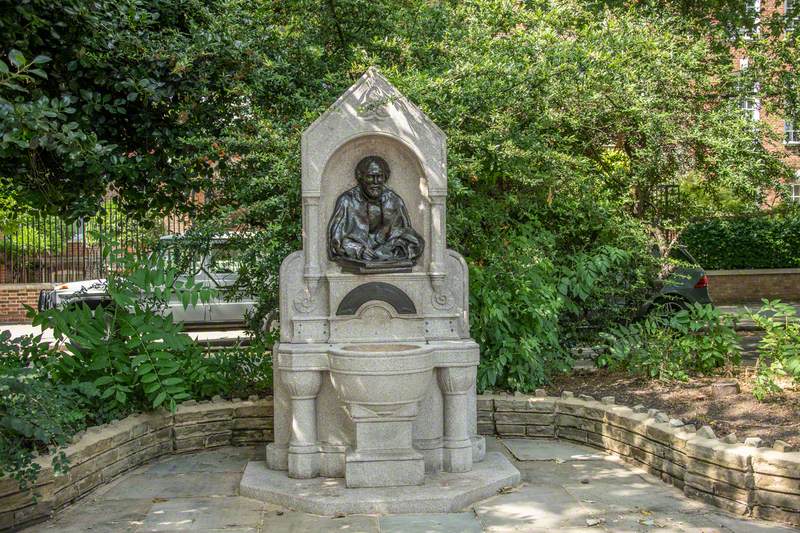
To date, the earliest sculpture we have recorded dedicated to a man is the Coat of Arms of Henry VII created in the sixteenth century, which can be seen at The Wardrobe, Richmond upon Thames, above an archway on Richmond Palace.
The earliest recorded statue of a named man is of Charles I (1600–1649), commissioned in 1630 and originally cast in 1633 by Hubert Le Sueur (c.1580–1658), now sited in Whitehall, Westminster (in the foreground of this image, in front of Nelson's Column).
Charles I (1600–1649)
1630–1633 & 1674–1675
Hubert Le Sueur (c.1580–1658) and Joshua Marshall (active 17th C) and Christopher Wren (1632–1723) 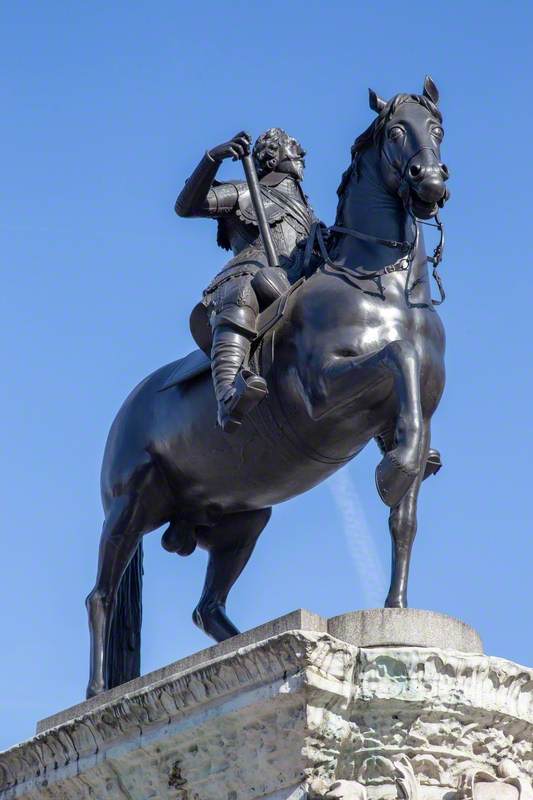
Of the sculptures of male sitters or works dedicated to men, nine works depict named men (and boys) of colour. These include Indian independence advocate Mahatma Gandhi (1869–1948), polymath and Nobel laureate Rabindranath Tagore (1861–1941), footballer Laurie Cunningham (1956–1989), South African President Nelson Mandela (1918–2013), campaigner for Native American rights Mahomet Weyonomon (c.1700–1736), footballer Thierry Henry (b.1977) and Damilola Taylor (1989–2000), the ten-year-old Nigerian boy who was tragically killed in Peckham.
The earliest sculpture we have recorded dedicated to a man of colour is the statue of Mahatma Gandhi erected in 1968, in Tavistock Square Gardens, Camden.
The majority of sculptures and memorials dedicated to women are of royalty (19 sculptures recorded to date). There are nine monuments and statues of Queen Victoria, four of Queen Elizabeth II and three of Queen Anne.
Other female sitters include nurses Florence Nightingale and Edith Cavell, special agent Noor Inayat Khan and singer Amy Winehouse.
The earliest sculpture recorded to date dedicated solely to a woman is a monument to Sara Colvile, 1631, in Chelsea Old Church, Kensington and Chelsea.
London has a slightly higher percentage of sculptures dedicated to women than other large UK cities. Queen Victoria is the woman who has the most sculptures dedicated to her in UK cities.
Of the recorded sculptures of female sitters or works dedicated to women, two depict a named woman of colour: Special Operations Executive agent Noor Inayat Khan (1914–1944) and nurse Mary Seacole (1805–1881).
The earliest sculpture we have recorded dedicated to a woman of colour is the bust of Noor Inayat Khan which was erected in 2012, in Gordon Square, Bloomsbury, Camden. She was an SOE agent who infiltrated into occupied France during the Second World War. She was captured and executed at Dachau Concentration Camp.
More sculptures dedicated to people of colour have been recorded and will be added to Art UK shortly, including South African anti-apartheid politician Oliver Tambo, double Olympic gold-winning boxer Nicola Adams and footballer Walter Tull.
London has more public sculptures dedicated to named people of colour than other large UK cities.
Sculptures dedicated to both male and female subjects include tombs and mausolea commemorating couples and families. It also includes artworks depicting multiple people, such as the Millennium Heritage Mosaic in Waltham Forest, which shows local historical sites, activities, and people (Elizabeth I, T. E. Lawrence, Queen Victoria and Sir Winston Churchill).
Millennium Heritage Mosaic
2000
Gary Drostle (b.1961) 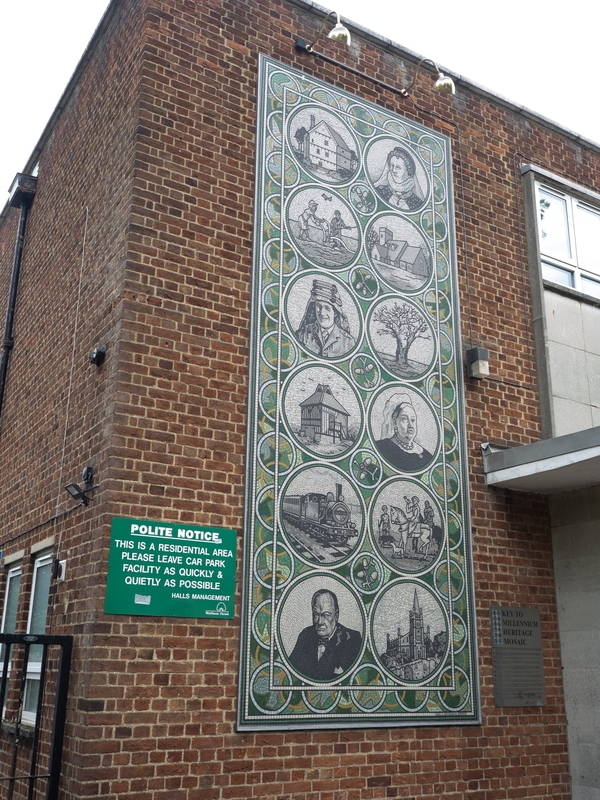
The earliest sculpture recorded to date dedicated to both men and women is a monument to Thomas Hungerford and (his unnamed) wife, 1581, in Chelsea Old Church, Kensington and Chelsea.
Monument to Thomas Hungerford and Wife
1581
unknown artist 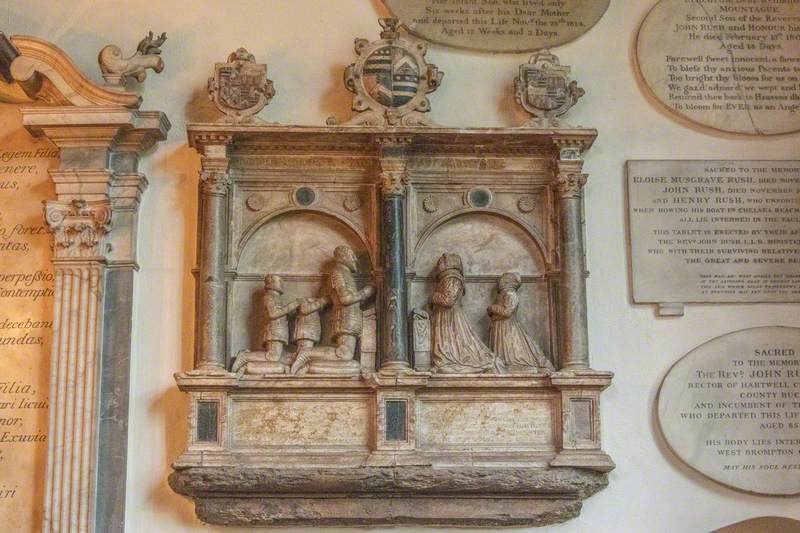
Animals
Of the sculptures analysed, 8% depict animals, including birds, cats, dogs, horses and lions, as well as a tortoise, a squirrel and terrapins.
Artists
For sculptures in London where we know the name of the artist, male artists have created 85% of the works. Women have created 13%. Sculptures created jointly by men and women represent 2% of the public artworks.
Named artists who have created public sculpture in London (which we have recorded to date), include Jacob Epstein (1880–1959) with five sculptures, Elisabeth Frink (1930–1993) with three sculptures, Antony Gormley (b.1950) with six, Barbara Hepworth (1903–1975) with four, F. E. McWilliam (1909–1992) with two, Henry Moore (1898–1986) with five, Eduardo Paolozzi (1924–2005) with four, Peter Randall-Page (b.1954) with five, Gerda Rubinstein (b.1931) with two, Alan Thornhill (1921–2020) with nine, Mark Wallinger (b.1959) with three sculptures and Emily Young (b.1951) with six.
Some of the older statues and monuments are by prolific Victorian (and later) sculptors such as Joseph Durham (1814–1877) with eight, George James Frampton (1860–1928) with four, Joseph Edgar Boehm (1834–1890) with six and Edgar Bertram MacKennal (1863–1931) with five.
Dates and listing status
Of the sculptures recorded to date in London, 22.5% were erected in the nineteenth century and 73% were erected in the twentieth and twenty-first centuries.
The twentieth century saw a large increase in the volume of public art being installed across London, with fewer new artworks installed, not surprisingly, during the two World Wars. The first 21 years of the twenty-first century have seen a further increase in the installation of public sculptures and monuments across London.
Of the sculptures recorded to date in London, 361 are listed (32%). The majority have been listed post-1970.
Types of sculpture
A wide variety of public art forms are represented across London, including statues, busts, war memorials, fountains, street furniture, tombs, clock towers, and reliefs and sculptures on buildings.
The most abundant materials the sculptures are made from are stone and bronze.
Lists of London
The Art UK team have put together a series of Curations on the Art UK website on different themes relating to public sculpture in London. The Curations are grouped together with the heading Lists of London. These Curations include the Fourth Plinth, first women, a trail along the Thames, sporting statues, cats, dogs and unusual animals, motherhood and family, and London's oldest public sculptures. There are also Lists of London Curations highlighting public sculptures in the London Boroughs.
Art UK is very grateful to the Mayor of London's office, which has provided funding to undertake public sculpture digitisation in London.
Katey Goodwin, Art UK Deputy Director and Head of Digitisation, Learning and Engagement
